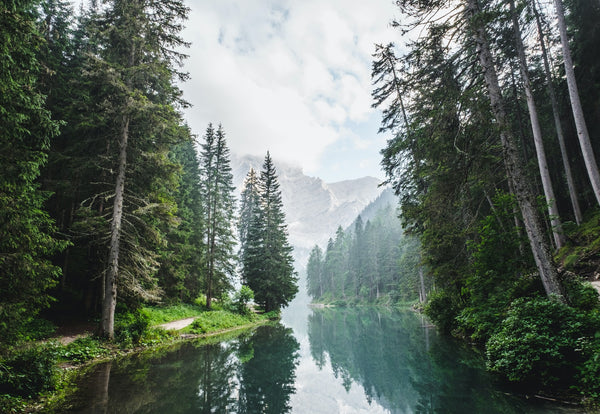
Get news, updates, & event Info delivered right to your inbox:
What Exactly Is A Rainforest
Rainforests are ecosystems characterized by dense forests in regions with high amounts of precipitation and high levels of humidity. Rainforests are known for having dense tree canopies comprised mostly of evergreen trees, and several levels of vegetation, based on the amount of water, sunlight and air circulation available.
The Amazon rainforest isn’t the only rainforest on the planet. Do you know where in the world you can find the others? You might be surprised!
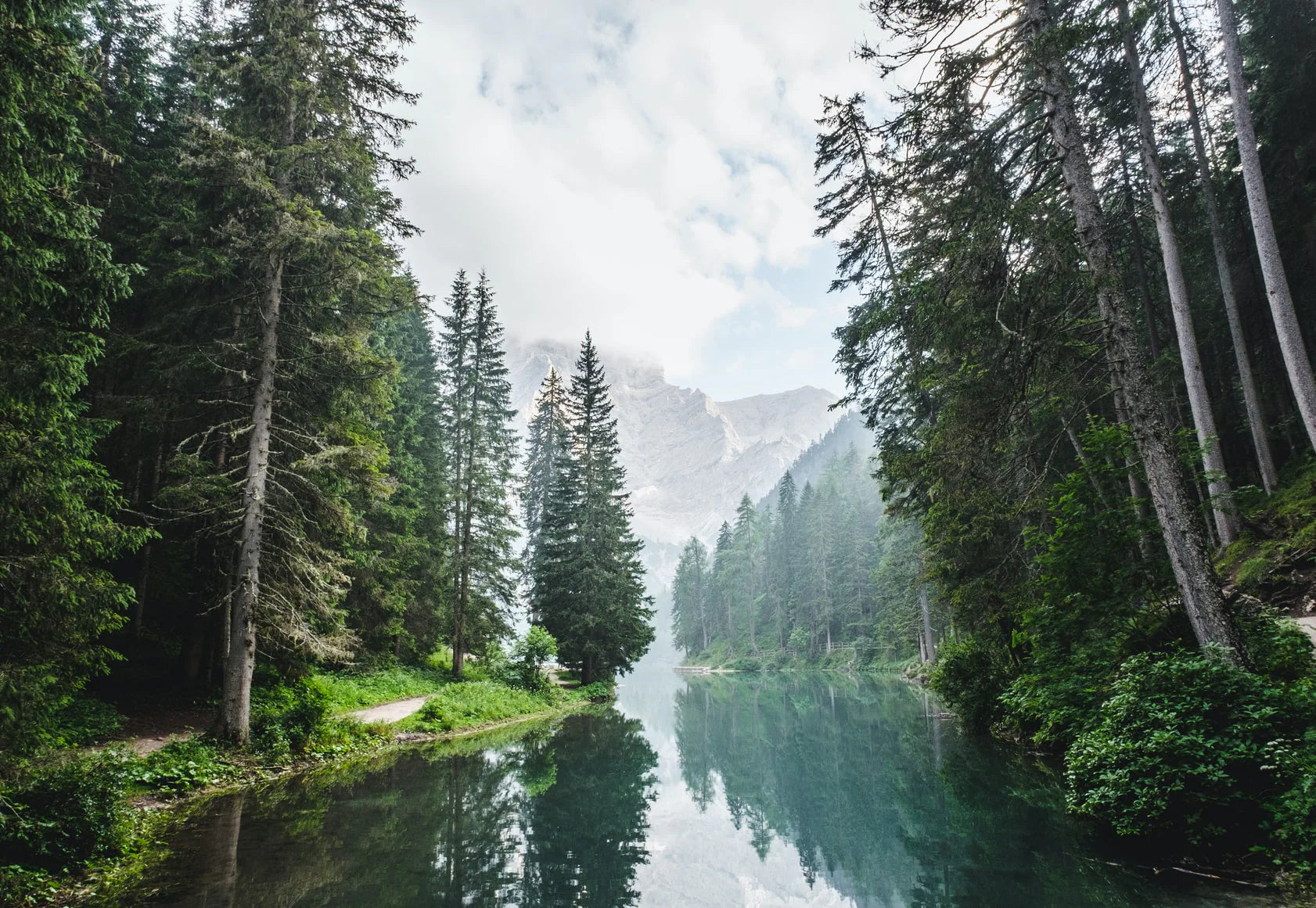
What is the Difference Between Tropical and Temperate Rainforests?
There are two main types of rainforests: tropical rainforests and temperate rainforests. The main difference is the forest’s location. A tropical rainforest is located to the south of the Tropic of Cancer and north of the Tropic of Capricorn, and has a warm climate. Temperate rainforests are located between the arctic circle and the Tropic of Cancer and have a cooler climate.
When we think of rainforests, tropical rainforests are the forests that come to mind first. These are diverse forests with dense canopies comprised of hundreds of tree species, and a hot, moist climate, with heavy rain throughout the year. They are located within about 10 degrees of the equator and have average monthly temperatures exceeding 64° F. The trees that are found in these forests are typically aged from 50-100 years old, and the understory is characterized by a stunning breadth of species, including orchids and bromeliads.
Temperate rainforests, on the other hand, grow in cooler climates and have a lower species diversity — typically 10-20 tree species. Temperate rainforests still receive high amounts of annual rainfall (at least 55 inches of rain per year) — and as a result, the understory is characterized by moisture-loving species such as mosses and ferns. Temperate rainforest trees are slow-growing and long-lived, and are typically aged between 500-1,000 years old.
Where Are Temperate Rainforests Located
Temperate forests can be found in the temperate zones around the world, with the largest temperate forests being located on the Pacific coast of North America, extending from Alaska to Oregon. Pockets of temperate rainforest can also be found on the Southeast coast of South America, as well as in Northwestern Europe, Australia, Japan and New Zealand.
5 Temperate Rainforests From Around the World
Now that you have an idea of what a temperate rainforest actually is and how it differs from a tropical rainforest, here are a few unexpected and interesting places where you can find temperate rainforests around the world.
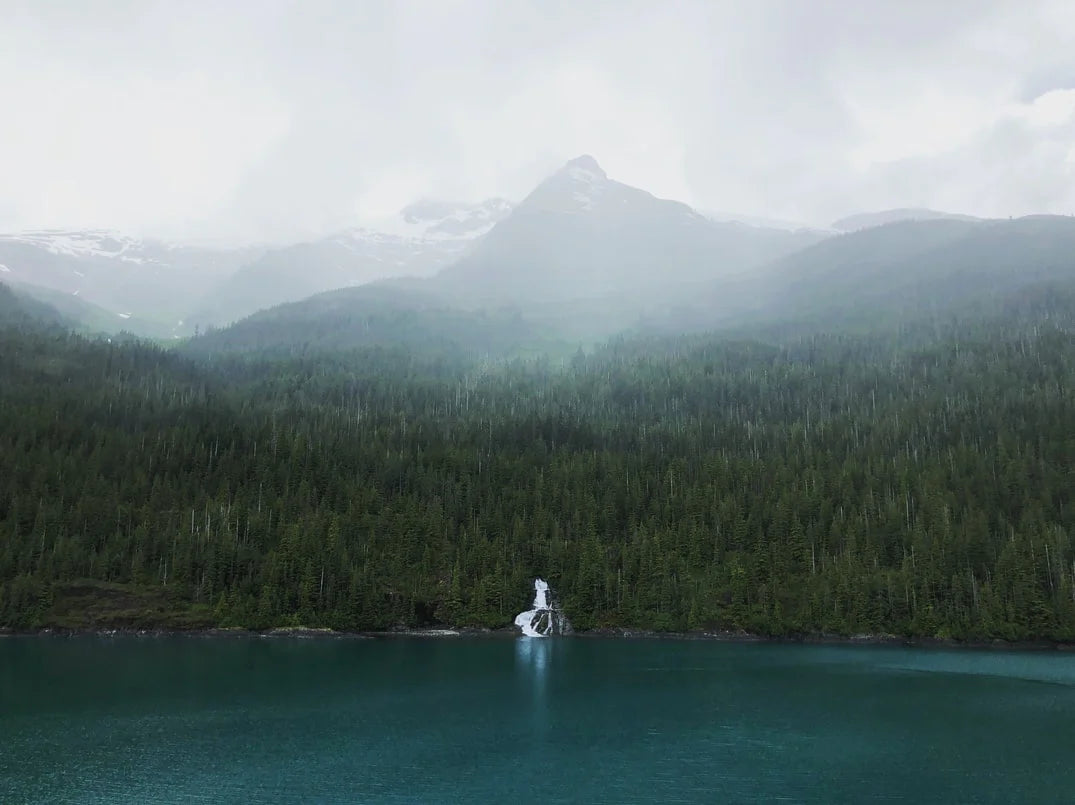
1. Tongass National Forest
Ever thought there would be a rainforest in the United States?
Tongass National Forest is the largest national forest in the United States, covering more than 6.5 million hectares of Alaskan wilderness.
It is also the world’s largest intact temperate rainforest. Amazingly, the Tongass actually encompasses fjords, the snowy peaks of the Coastal Mountains, and even glaciers!
Its inhabitants are just as diverse with many of the endangered species of North America found solely within its boundaries.
While much of the forest value previously came from logging operations, the region has transitioned to other less harmful industries, including tourism, carbon sequestration, and sustainable fishing.
However, the Tongass’ future is uncertain as the U.S. government seeks to open more of this long standing temperate rainforest to timber and resource exploitation.

2. Pacific Temperate Rainforests
Extending from Alaska down to Northern California, the Pacific Temperate Rainforest ecoregion is considered the planet’s largest temperate rainforest ecoregion in the world.
Throughout this coastal stretch of forest, there are a few pockets of rainforest that make the region quite unique. The Great Bear Rainforest of British Columbia is nearly 6.5 million hectares.
Also known as the Central and North Coast forest, the Great Bear Rainforest earned its name from the diversity of bear species. Other rainforests in the region are made up of tree species such as Douglas fir, coastal Redwood and Sitka spruce. All these trees are famous for their awe-inspiring beauty, enormous height, and ability to grow for thousands of years, making them icons of the region.
This area is also particularly close to our hearts because of its connection to our planting project to protect Southern Resident Orca and Salmon habitat.
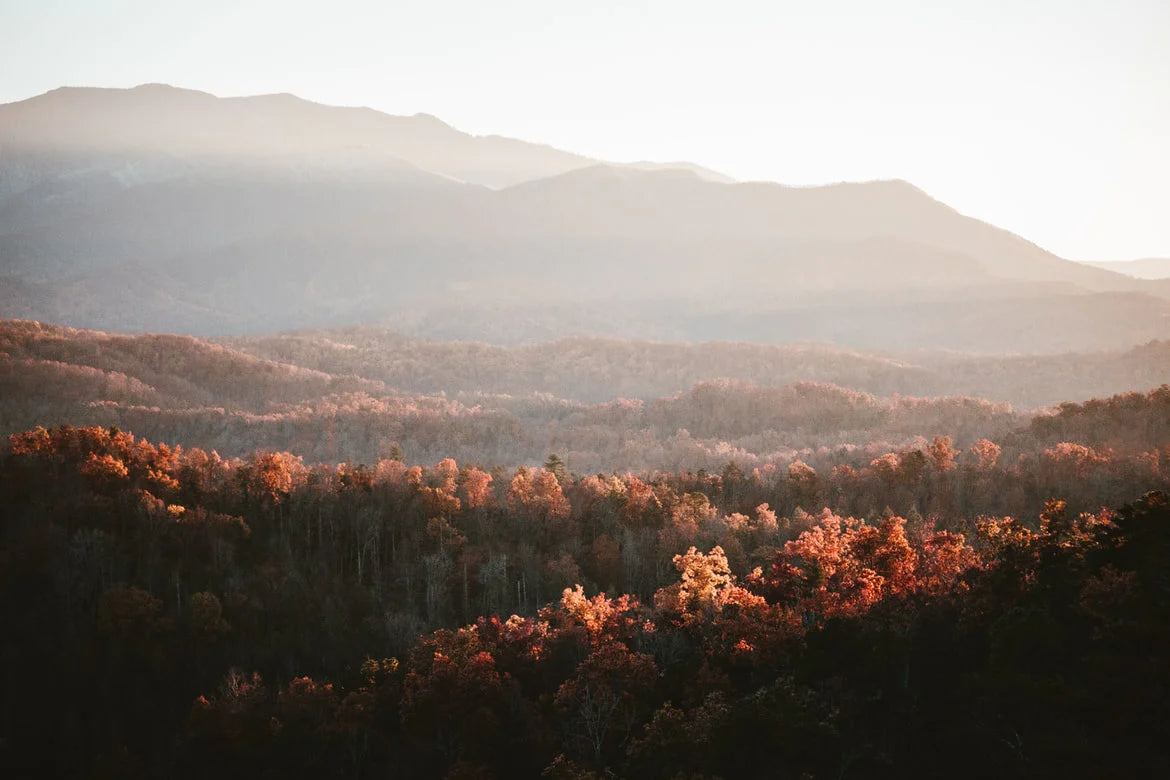
3. Appalachian Temperate Rain Forest
Another North American rainforest is the Appalachian temperate rainforest, which is located in the southern part of the Appalachian Mountains in the Eastern United States.
The forest extends through the Appalachian areas of western North Carolina, southwest Virginia, southeastern Kentucky, northern South Carolina, northern Georgia and eastern Tennessee.
The mountainous environment creates habitat for over 10,000 northern species, including 2,000 different types fungi species and animals such as black bears, moose, white tailed deer, chipmunks, foxes, a variety of birds, and over 30 species of salamander!
As for tree species of the Appalachian temperate forests, conifer trees such as spruce, fir and mixed woods can be found growing in this region.
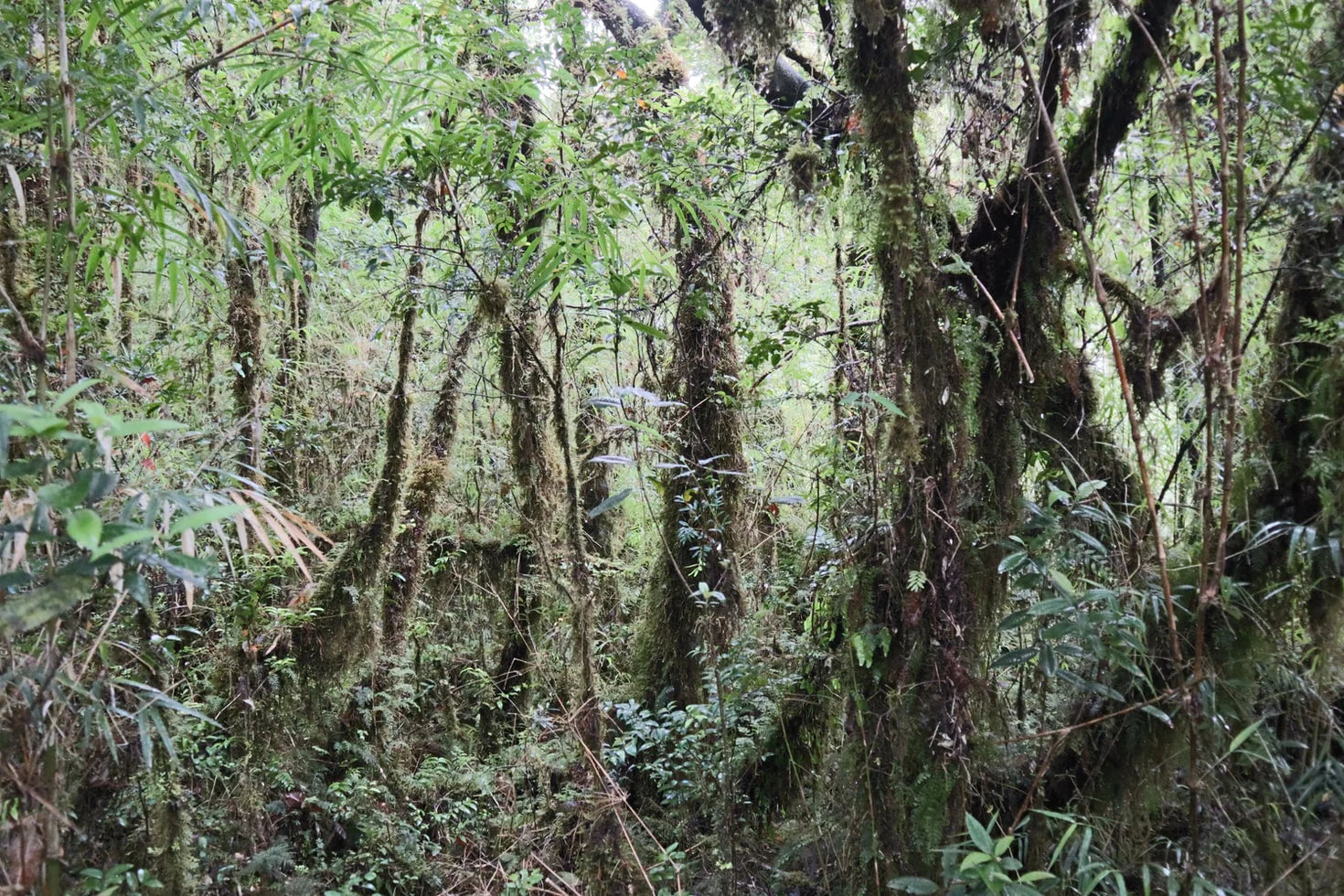
4. Valdivian Temperate Rainforest
The Valdivian temperate rainforest can be found on the west coast of Argentina and Chile.
These forests are characterized by a dense understory of fern and bamboo, and contain predominantly evergreen angiosperm trees.
Though less well-known than other temperate rainforests, parts of the Valdivian rainforest are quite famous. Doug Tompkins (founder The North Face, married to Kristine Tompkins, former CEO of Patagonia) famously opened the Parque Patagonia conservation area here.
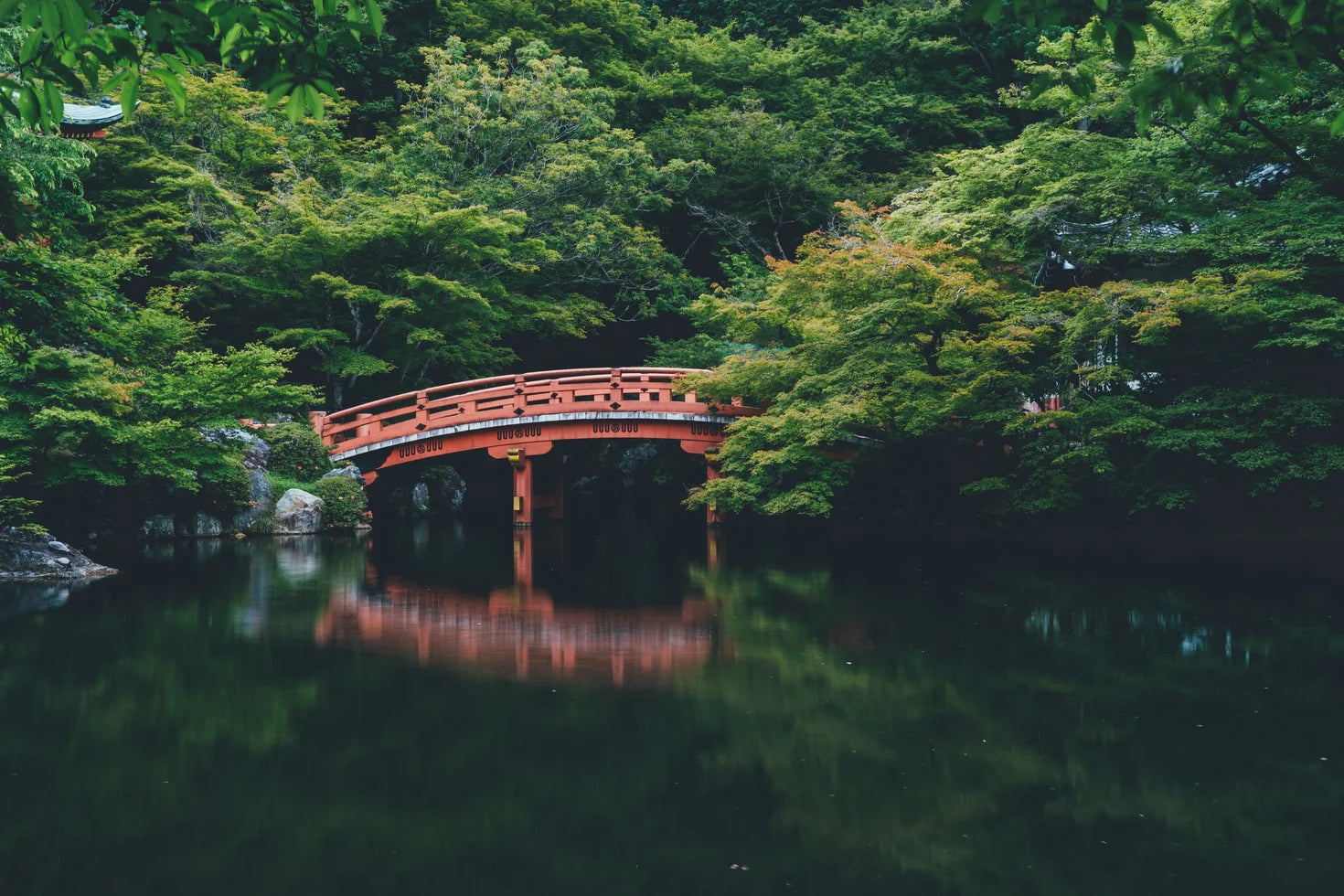
5. Taiheiyo Evergreen Forest
The Taiheiyo Evergreen Forest is an ecoregion located in southern Japan that consists predominantly of broadleaf evergreen trees.
The ecoregion spans an area of 53,400 square miles (an area about the size of Florida) on the Pacific (Taiheiyo) side of the islands of Honshu, Shikoku and Kyushi.
The canopy’s dominant tree species are the Japanese stone oak and the Japanese cedar, while the understory is composed of moso bamboo, mosses and lichens.
We hope you’ve learned something new about temperate rainforests, and maybe even added a few places to your bucket list.
It’s important to note that while these forests are home to thousands of animal, plant and fungi species, they have been negatively affected by human activity such as farming, mining, logging and urbanization in the past years. This results in biodiversity and habitat loss, pollution and deforestation. If you want to help protect and restore these forests, along with many other types of forests around the world, consider planting a tree with us today!
